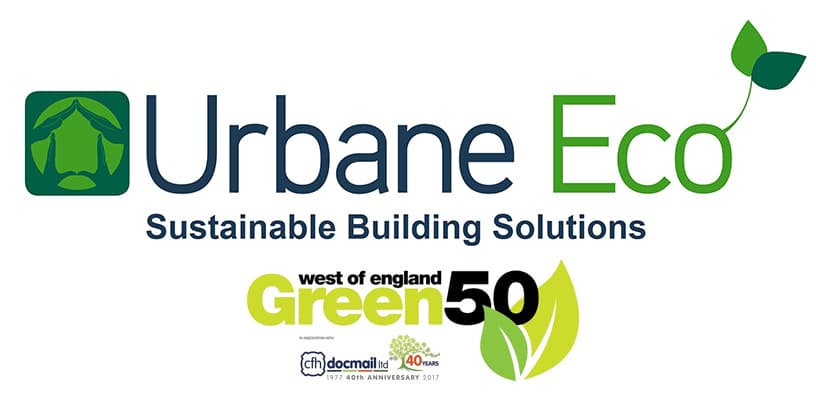The importance of breathability in building fabric
When you hear the term ‘breathability’, I expect the movement of air comes to mind. However, when referring to breathability in buildings, it is, in fact, more about the movement of water in a gas or liquid form inside the building, outside the building, and in the walls, floors and roof. Using materials which absorb and release water as vapour (known as hygroscopicity), and absorb and release water as liquid (known as capillarity) is important when building a breathable home. Water effects everything in building, from the health of its occupants, thermal performance of the building and the health of the building fabric itself.
The three main concepts to be understood when understanding breathability in building are:
- Vapour permeability – the ability of a material to allow water vapour to pass through.
- Hygroscopicity – The absorption and release of water as a vapour.
- Capillarity – the absorption and release of water as a liquid.
The context of vapour permeability is the rate at which water vapour can pass through solid materials. Small incidents of high relative humidity can cause considerable damage to structures and human health through the development of mould and bacteria. High moisture levels also affect building performance. So to counteract this from happening, buildings which are built with vapour open materials will help transport excess moisture away from the indoor environment, thereby ensuring the long term health of the building fabric. So the vapour permeability of materials is very important. A good example of a high vapour permeable building material which we use is lime plaster. It has the ability to absorb water and dry out quickly, mitigating problems with damp.
Hygroscopicity is the capacity of a material to absorb and release water as a gas. Materials with good hygroscopic capacity can help stabilise indoor air humidity, reduce surface condensation and absorb moisture. The benefits of these properties for vapour control and ventilation in buildings are considerable. Now, it is important to note where moisture inside a home can come from. An ‘average’ family of 4 who will cook, dry clothes, wash up, wash clothes, bathe and sleep can produce around 15 litres of water in a 24 hour period. This makes you question, where is all of this water going? This is how condensation and damp problems can be caused, and also highlights the importance of hygroscopic building materials to prevent any of these things from happening. An example of a material we use which is highly hygroscopic is wood fibre insulation, which can be used internally or externally and will help prevent any internal damp, mould or condensation problems in your home.
Capillarity is similar to hygroscopicity, except that it absorbs and releases water as a liquid. The pores involved in this function are much larger than those relative to the absorption of vapour. Capillarity can be altered by coatings which will then only allow the smaller pores to be ‘open’. In this way, pores are left open to allow permeable and hygroscopic transfer of water but not to allow capillary transfer. When it comes to building fabrics, capillary openness is useful when the material gets wet, as it dries out much quicker than something which is less capillary open. Now this may lead you to ask the question ‘Why would I want a capillary open material on my external walls, what about when it rains?’ From a structural point of view, it is more advantageous to allow water to be absorbed to a certain extent, but to ensure it will be able to escape again by means of capillary and permeability mechanisms.
Most people don’t tend to think about breathability when it comes to building fabric, but I hope this article has outlined its importance. It is vital to ensure we are building homes which are healthy for its occupants as well as environmentally friendly and durable. In an ideal world, every home would be built using breathable fabrics such as clay and timber, lime render, wood fibre insulation, sheep’s wool, hemp and calcium silicate, or combinations thereof. The introduction of plastics and various petrochemical products has been rife during the last thirty years, and it is time to take stock of the impact of their use.
Written by Leanne Groves.

